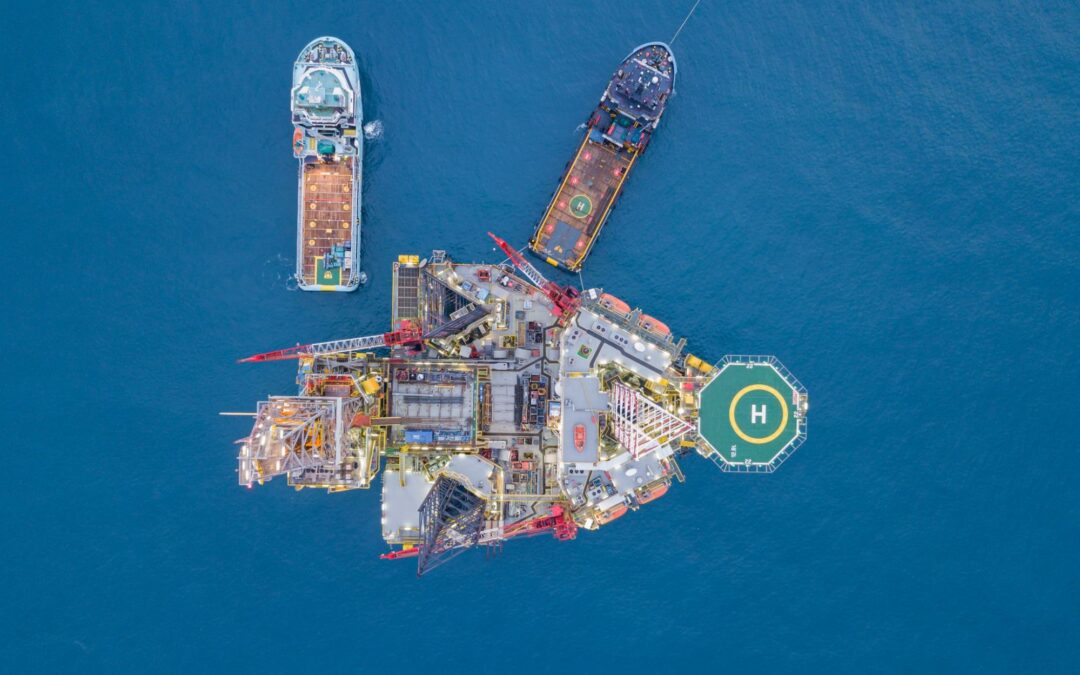The ONGC Decarbonization Roadmap
As the largest oil and gas producer in India, ONGC plays a crucial role not only in India, but also for the global energy landscape. India is likely to represent about 25% of global energy demand growth in the next 20 years, with a nearly 10% rise in energy consumption by 2050.
ONGC’s decarbonization efforts are part of a broader global trend toward sustainability in the energy and maritime sectors. As more countries and companies commit to ambitious net-zero targets, the demand for renewable energy and cleaner fuels is set to increase. ONGC’s investments in technologies like carbon capture and green hydrogen will not only transform India’s energy landscape but could also influence global energy markets.
ONGC’s Decarbonization Roadmap includes cutting emissions by increasing energy efficiency, adopting cleaner technologies, expanding renewable energy initiatives, and reducing methane leaks from its oil and gas operations. With ONGC at the forefront of this decarbonization effort, India’s energy sector could see a rapid shift toward greener technologies, reducing dependence on fossil fuels and cutting greenhouse gas emissions.
Implications for International Shipping and Drilling Companies
Like most international oil and gas companies, ONGC may face significant challenges in achieving the goals set out in its roadmap. One of these challenges will be reducing emissions from its shipping and drilling activities, which are critical to produce and transport oil to consumers. These activities rely on remote power generated by diesel engines and are a significant source of emissions. However, we are now finding that traditional emission reporting methods for these engines leave room for discrepancies and can produce “stale” data — which is data that is no longer accurate or relevant.
To improve accuracy, ships and drilling rigs can utilize emission monitoring systems. These systems measure fuel consumption and emissions in real-time and link them with the operating activities that resulted in the emissions. But real-time monitoring will require changes in the collection and management of data.
Investment in New Technologies
ONGC is investing in digital technologies such as AI, IoT, and data analytics to monitor and optimize energy usage in real-time. Automation helps reduce human errors and ensures that energy consumption is constantly optimized for efficiency. ONGC also conducts energy audits across its installations to identify areas for improvement. Based on these audits, ONGC implements energy management systems to streamline operations, ensuring that energy consumption is optimized and unnecessary waste is minimized. The integration of real-time emissions monitoring alternatives will become essential for shipping and drilling companies operating in India and internationally.
As the maritime industry moves towards greater adoption of decarbonization technologies, Cyanergy leads the way in innovative and High ROI solutions for reducing emissions. Learn more about our groundbreaking technology here or get in touch to schedule a demo.













